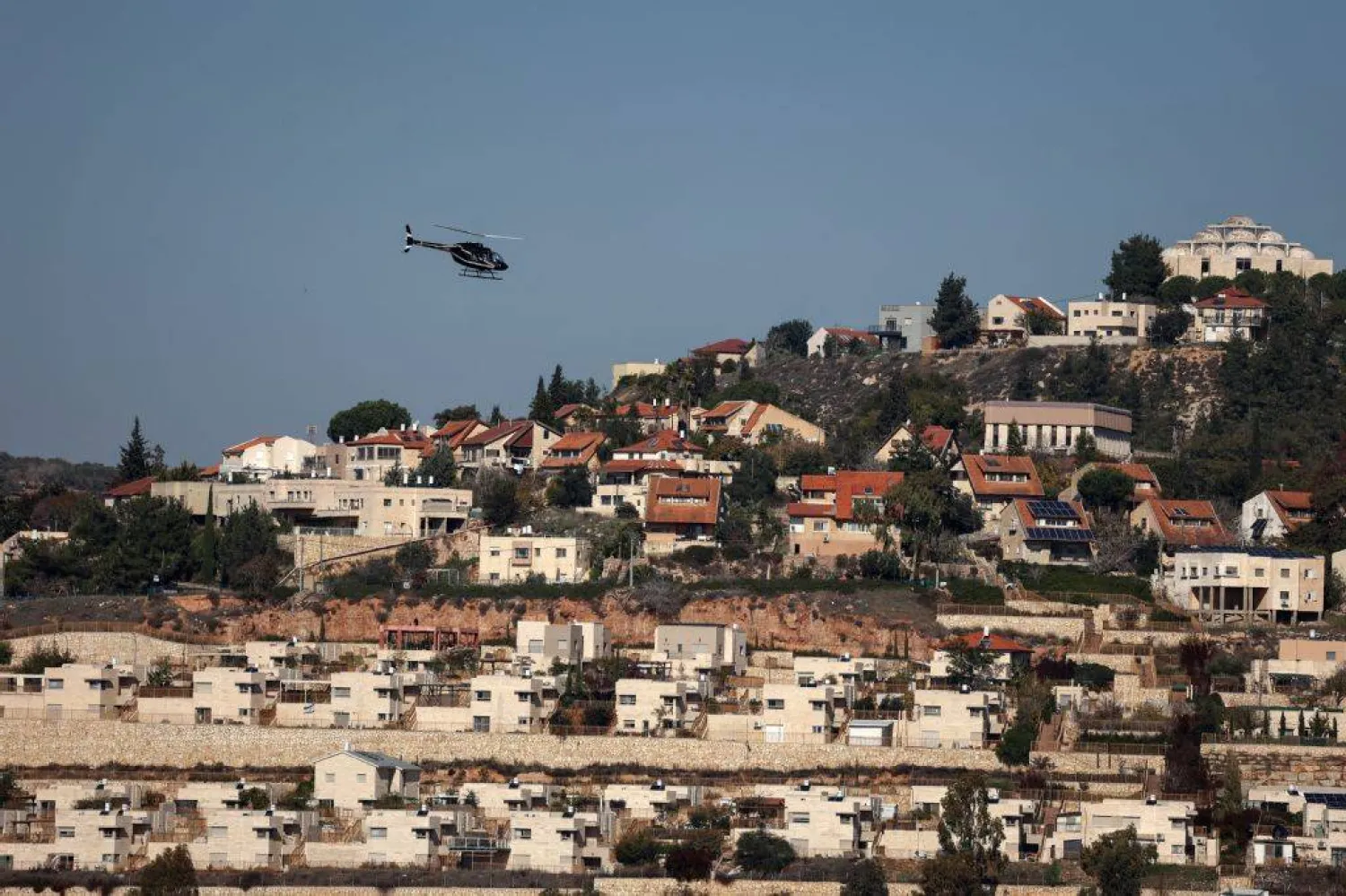The name Aws Salloum, nicknamed the “Azrael of Sednaya,” has dominated social media over the past few hours. Syrian activists widely shared images of him in detention, alongside a resurfaced video of Syrian activist Mazen Hamada, who suffered torture in Syrian prisons and spoke of a jailer referred to as “Azrael.”
The “Radaa al-Adwan” (Deterrence Against Aggression) operations room announced the capture of the “Azrael of Sednaya,” accused of torturing and killing numerous prisoners. According to the announcement, Salloum was arrested during Thursday’s raids in Homs targeting remnants of the Assad regime.
Who Is Aws Salloum?
Syrian activists circulated videos showing a man arrested in Homs, identified as Aws Salloum. Salloum hails from the village of Al-Qabo in rural Homs, an area known for its loyalty to deposed Syrian president Bashar al-Assad during the Syrian revolution.
He joined the security forces of the Assad regime, where he gained notoriety for his brutality, as evidenced by survivor testimonies. He earned the nickname “Azrael of Sednaya” due to his heinous methods of torture and execution in Sednaya Prison, infamously referred to as the “human slaughterhouse.”
According to survivor accounts reported by the media, Salloum was responsible for the execution of over 500 detainees in gruesome ways, including crushing prisoners’ heads with concrete blocks. Former prisoners described Salloum as one of the most brutal jailers, employing extreme violence to maintain control and instill terror among inmates.
Activists also shared an old video of Syrian dissident Mazen Hamada recounting his experience with a jailer nicknamed “Azrael.”
In the video, Hamada said: “There was a man who called himself Azrael. He would come to us in the hospital at midnight, drunk. He would ask, ‘Who wants medicine?’ A young man from Daraya warned us, ‘Don’t raise your hands.’ When I asked why, he replied, ‘Do you want to die? If you raise your hand, you’ll be killed.’”
Hamada continued: “A man from Ghouta said, ‘I do.’ Azrael of Sednaya responded, ‘The Divine Court sentences you to death,’ and proceeded to beat him with a metal rod tipped with nails until he decapitated him.”
Mazen Hamada himself was later killed under torture in Syrian prisons. His body was discovered at a military hospital after al-Assad’s fall.
After the ousting of the Assad regime on December 8, opposition armed factions opened all prisons across the country, releasing detainees. This revealed the extent of the horrors committed in these facilities, with Sednaya Prison standing out as one of the most notorious sites of abuse. However, the fate of thousands of disappeared and detained individuals remains unknown, while mass graves continue to be unearthed across the country, bearing testimony to years of war crimes and atrocities.









